
Creative Educator offers language-arts lessons that go beyond traditional writing assignments — students get to write, design, digitize, and visually express their understanding.
Great for classrooms that value creativity, digital literacy, self-expression, and deeper comprehension — perfect for engaging different kinds of learners: visual, narrative, analytical.
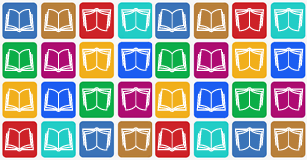
Students practice writing and illustrating as they create a page in your class's adaptation of their favorite pattern story.

Students create a video that names their favorite relative and supports their opinion with reasons and examples.
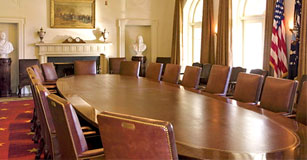
In this lesson, students nominate literary characters for each seat in the President's cabinet.
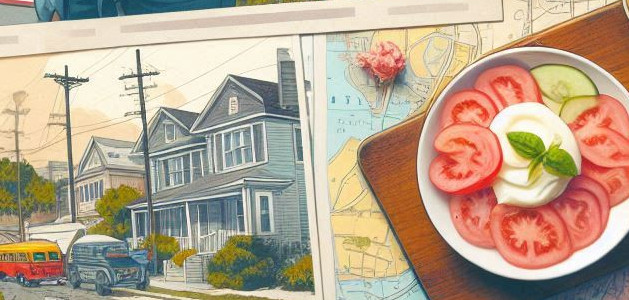
Students create a poetry self-portrait in the style of George Ella Lyon's "Where I'm From" to explore identity.
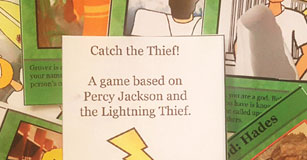
Students create a card game based on the storyline of a book they are reading.
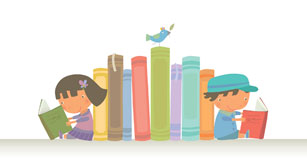
In this lesson, students think of books they have enjoyed and why they liked them. Then, they create a book review on a card or 3D cube to help others choose books they will enjoy.
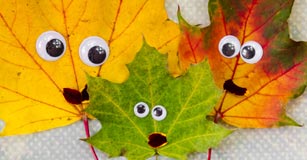
In this lesson, students tell the story of a scientific cycle by recreating the adventure of its "main character".
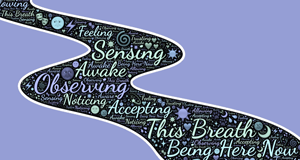
In this lesson, students write a five senses poem to share information about a favorite place or topic they are exploring.

After reading examples and learning about this short form of Japanese poetry, students write and illustrate their own haiku poems.
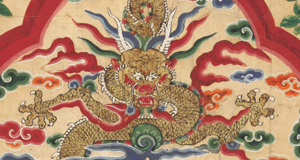
In this lesson, students read and learn about the Korean form of sijo poetry and then write and illustrate their own sijo poems.

Create media resources that celebrate and promote the actions of a real world hero.
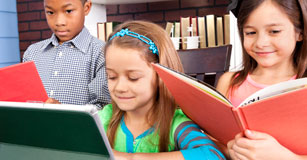
Students practice narrative writing as they work together to write, illustrate, and narrate a new version of a story.

Students will write and produce an animated tall tale about a historical figure or location.

Students will write how-to stories about getting ready for school and publish them to use at home.
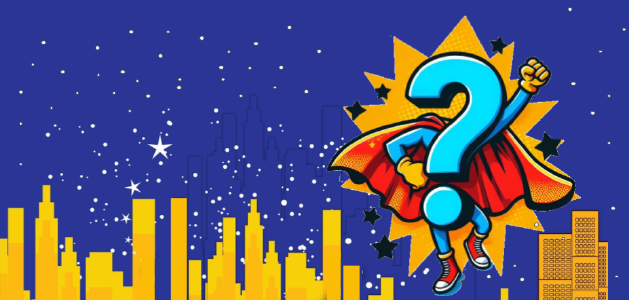
Students turn a skill or process they know into a short instructional video or animated tutorial.
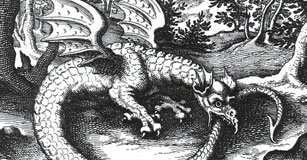
Students will create an eBook identifying and explaining the events in a hero's journey in a text they are reading.
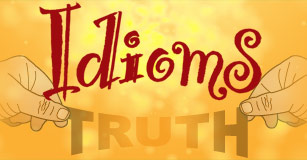
Students will illustrate the meaning of an idiom to help others learn these examples of figurative language.
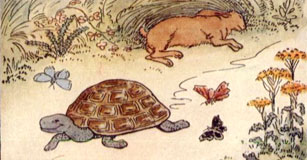
In this lesson, students learn about characters, plot, and setting, as well as the parts of a story as they retell, or adapt, a fable.
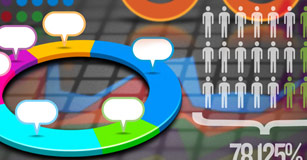
Students will create an infographic poster to share knowledge and data about an issue they are studying.

Students learn about key elements of a fairy tale as they retell a fairy tale in modern times.
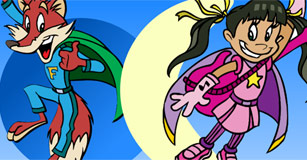
Students introduce a new hero to the world through an ID card and comic.

Students will personify an object and write a story as part of an online book or animated adventure.
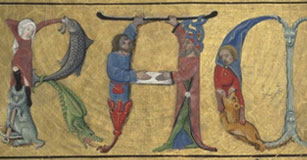
In this lesson, students create an alphabet book to share knowledge and information they have learned, organizing their writing using the ABC’s.
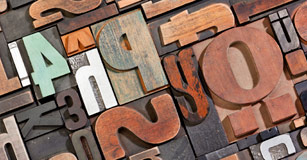
Students take the lead and design and create their own digital magazine.
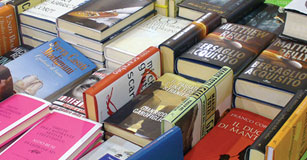
Students create a new cover design for a book they are reading to demonstrate comprehension and explore character, plot, setting, symbolism, and conflict.
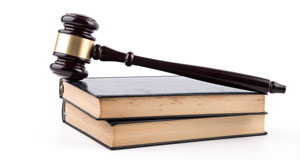
In this lesson, students build visual literacy and engage in close reading as they investigate the text and imagery on book covers to evaluate whether they are worth reading.

In this lesson, students investigate the potential of a book's characters, plot and themes and develop a proposal for turning it into a series.

In this lesson, students share why they would save a specific book from the "firemen" in Ray Bradbury's Fahrenheit 451.

Students will create a visual, or video, poem as they analyze the imagery in a text.
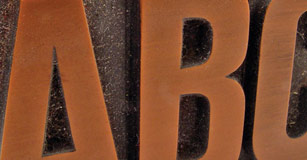
Students explore initial sounds through the creation of a classroom ABC book.
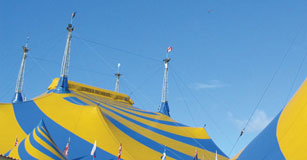
Students will develop a movie-style trailer for a book they have read.
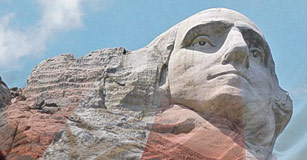
Students learn persuasive writing and presentation skills.

Students will create a web site to persuading their principal to take their class on a trip to the location of their choice.

Students will build persuasive skills and media literacy as they explore techniques of propaganda and develop commercials that persuade viewers.

Students will write persuasively on a conservation issue and create a public service announcement to promote their cause.
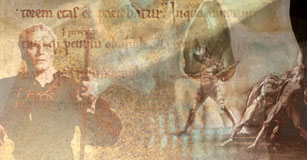
Students will create a digital scrapbook that showcases the viewpoint of the main character.
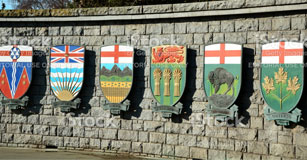
In this lesson, students create a coat of arms to represent their personal identity and values.

In this lesson, students craft an interview with a character from a book they are reading to demonstrate comprehension.

Students will write and illustrate an original narrative in the form of a Choose Your Own Adventure interactive story.

Students will learn about the life of a famous person and create non-fiction porfolio about the individual.
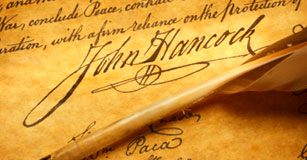
Students will research a historical person or event and retell the story as an animated interview with an artifact from that time or place.

Students write a persuasive letter to convince their parents or teacher to get a new pet.
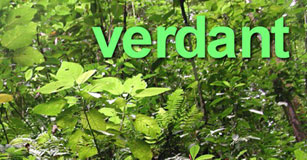
In this lesson, students create vocabulary trading cards that use images to help other students master the meaning of new words.

Students will research an animal and create a riddle to showcase their knowledge and engage other students in the natural world.
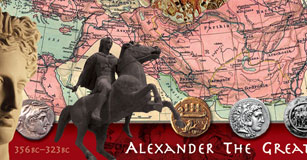
Students complete research on a historical figure and create a video biography of that person.

Students will create a daily newspaper edition to learn about the politics and culture of ancient Rome.

Students will create a mock social network page from the viewpoint of the protagonist or antagonist in a novel they are reading.

Students create visual statements using shapes and color to express and evoke specific emotions.
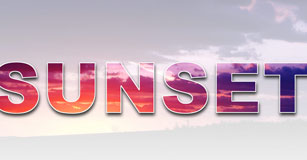
Students will combine text and visuals create visual vocabulary cards with words and photos.
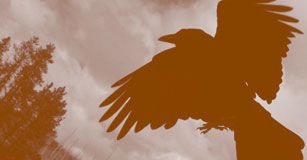
Students gain an understanding of symbolism by studying a piece of literature or a poem and designing an informative bookmark.

In this lesson, students use the collage technique to create a visual representation of their social, emotional, and cultural identity; along with a written artist�s statement.
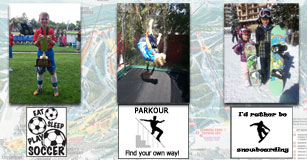
Students build media literacy skills as they create a visual essay to share information about themselves.

Get creative classroom ideas delivered straight to your inbox once a month.
Topics